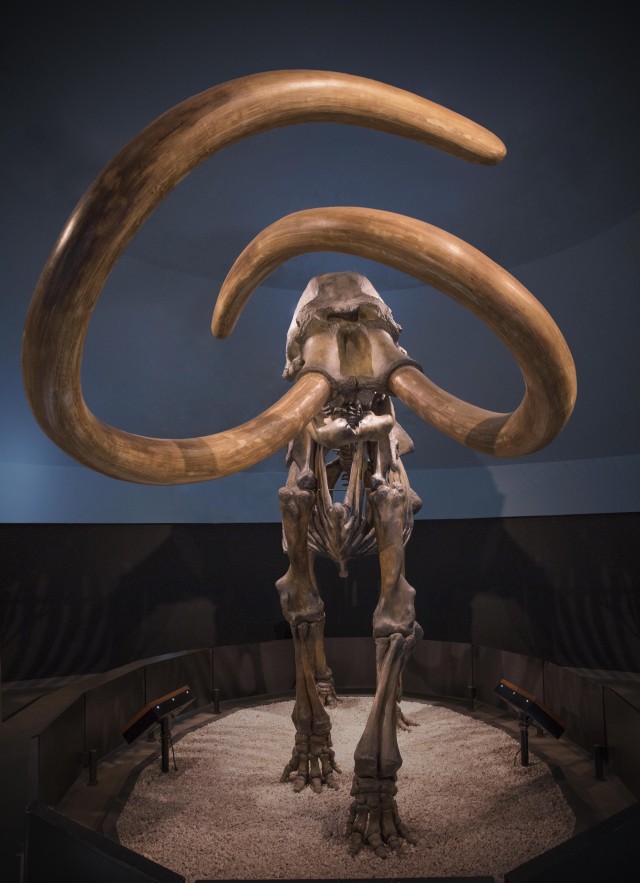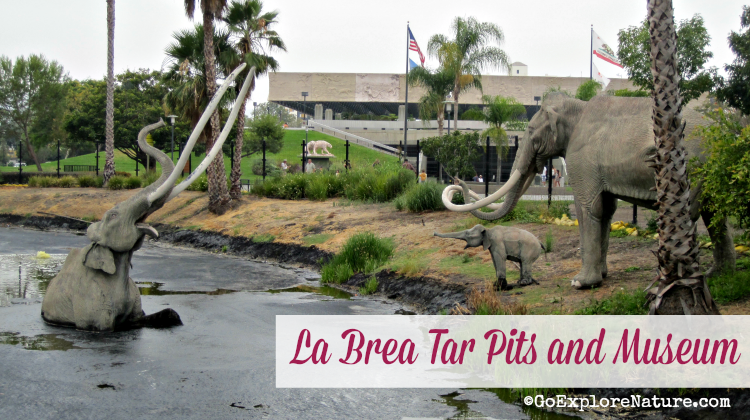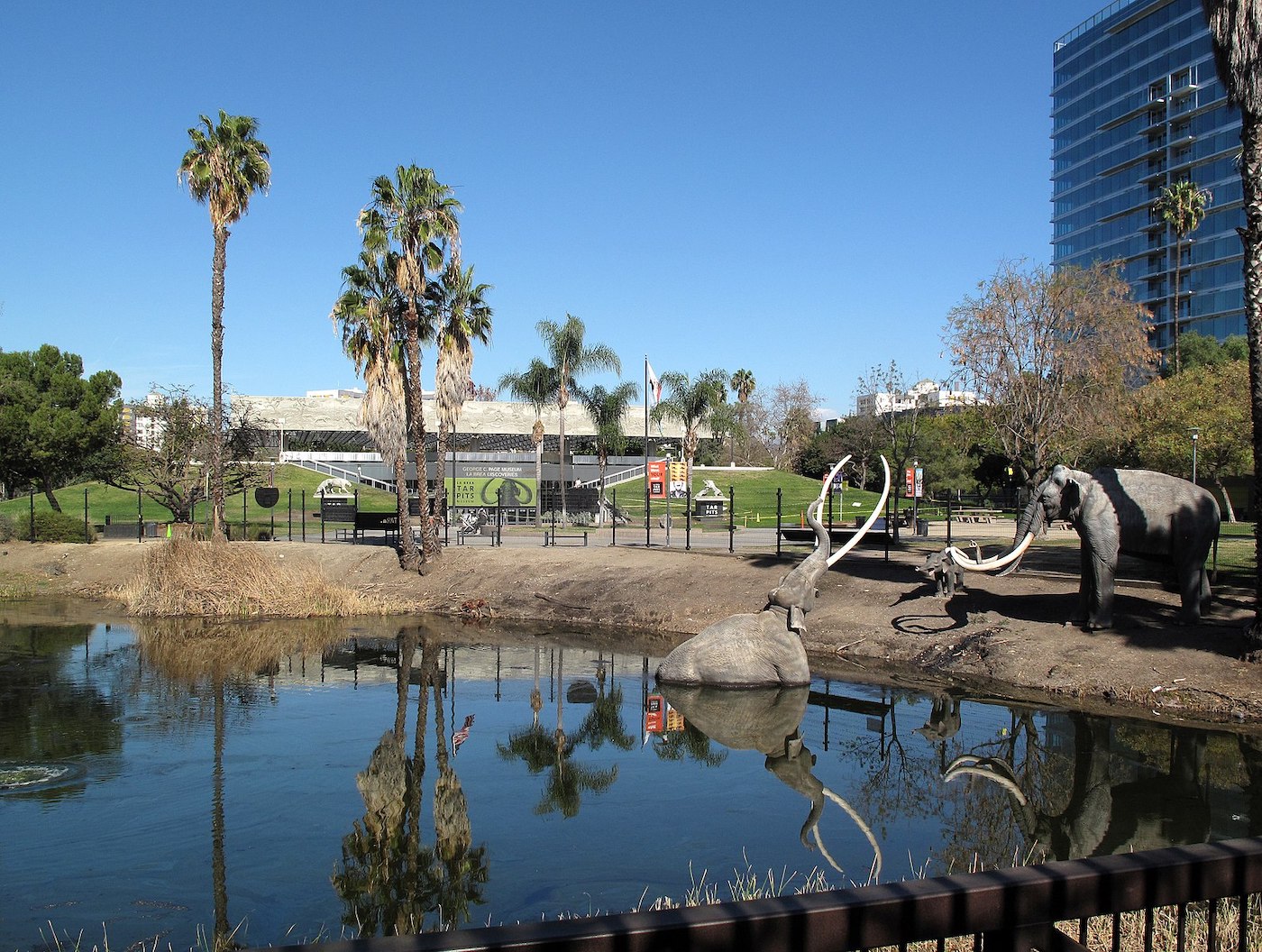Unearth the Fascinating Globe of Glacial Period Animals at the La Brea Tar Pits and Museum in LA

Background of the La Brea Tar Pits
The history of the La Brea Tar Pits days back hundreds of years, showcasing a distinct all-natural phenomenon that has actually mesmerized scientists and visitors alike. Located in Los Angeles, The golden state, these tar pits have been permeating natural asphalt for 10s of countless years, developing a sticky trap for innocent animals. With time, these tar pits have maintained an exceptional collection of Ice Age fossils, supplying indispensable understandings into the primitive world.
Researchers think that the tar pits were developed from petroleum that permeated with the Planet's crust, creating pools of asphalt externally. As pets would certainly come close to the water to drink, they would certainly become stuck in the tar, ultimately resulting in their death. This natural trap has maintained the remains of countless animals, including mammoths, saber-toothed felines, alarming wolves, and ground sloths.
The La Brea Tar Pits have ended up being a substantial historical site, supplying a glimpse right into the fauna of the Pleistocene date. La Brea Tar Pits and Museum los angeles. Through ongoing excavations and study, scientists remain to reveal fossils that deepen our understanding of ancient environments and the varieties that strolled the Earth thousands of years back
Glacial Epoch Animals on Show
Having uncovered a treasure chest of Ice Age fossils from the tar pits, the La Brea Tar Pits and Gallery currently showcases a remarkable range of prehistoric animals for visitors to wonder at. One of the most popular animals on screen is the Columbian Mammoth, a huge ancestor of contemporary elephants that roamed the Los Angeles area during the Ice Age. These unspoiled fossils provide a distinct opportunity for site visitors to step back in time and witness the amazing biodiversity that existed during the Ice Age, making a browse through to the La Brea Tar Pits and Gallery an absolutely immersive experience in ancient exploration.
Tar Pit Excavation Process
How is the elaborate procedure of excavating tar pits performed to reveal old fossils at the La Brea Tar Matches and Museum? The excavation process at the La Brea Tar Pits includes a thorough combination of scientific techniques and careful dealing with to maintain the fragile fossils hidden within the tar.
Initially, the excavation team recognizes possible dig websites based on geological surveys and previous discoveries. As soon as a promising location is selected, the team removes the surface area plant life and starts the delicate task of removing the tar. Specialized tools such as shovels, brushes, and trowels are utilized to very carefully remove the tar and sediment bordering the fossils.
As the excavation progresses, any kind of uncovered fossils are recorded sitting to videotape their specific area and alignment. This documents is essential for assembling the primitive ecosystem and understanding the actions of Glacial epoch creatures.
Once the fossils are safely extracted, they undergo meticulous cleaning, analysis, and preservation in the museum's laboratories. By following these strenuous excavation treatments, the La Brea Tar Matches and Museum can remain to uncover and display the fascinating globe of Glacial epoch creatures for generations to find.
Interactive Exhibits for Visitors
Enhancing the site visitor experience at the La Brea Tar Pits and Museum, interactive exhibitions give interesting opportunities for guests to submerse themselves in the globe of Ice Age animals. These interactive screens supply a hands-on approach to learning more about the ancient era, enabling visitors to touch fossils, imitate excavations, and even take part in online fact experiences that transfer them back in time.
One of the most popular interactive exhibits is the Fossil Laboratory, where site visitors can observe paleontologists at job cleansing and examining fossils found in the tar pits. This behind-the-scenes consider the research procedure provides visitors a peek into the clinical methods made use of to discover the secrets of the Ice Age.

Paleontological Discoveries at the Gallery
The La Brea Tar Matches and Gallery display an exceptional variety of paleontological discoveries that offer valuable understandings right into the ancient world of Glacial period animals. The museum's collection includes over one million fossils, making it among one of the most significant repositories of Glacial epoch specimens internationally. Site visitors can wonder at well-preserved skeletons of mammoths, saber-toothed cats, alarming wolves, and other vanished animals that as soon as roamed the Los Angeles area.
Among one of the most renowned explorations at the La Brea Tar Pits is the near-complete skeleton of a Columbian monstrous, affectionately called Zed. This specimen, in addition to many others, offers scientists a rare chance to research the composition, actions, and ecology of Glacial epoch megafauna. Via careful excavation and thorough preservation methods, the gallery remains to uncover new fossils, broadening our understanding of the old environments that existed hundreds of years back.
Verdict
In conclusion, the La Brea Tar Pits and Gallery in LA offer a distinct chance to discover the world of Glacial epoch animals through paleontological discoveries and interactive exhibitions. Site visitors can witness the excavation process of fossils from the tar pits and learn more about the history of this fascinating site. The gallery gives a educational and engaging experience for every ages curious about prehistoric life and the Earth's nature.

The La Brea Tar Matches and Gallery display a remarkable range of paleontological discoveries that provide beneficial insights into the prehistoric globe of Ice Age animals (La Brea Tar Pits and Museum in california).In final thought, the La Brea Tar Pits and Museum in LA offer an unique possibility to discover the globe of Ice Age creatures with interactive exhibitions and paleontological discoveries